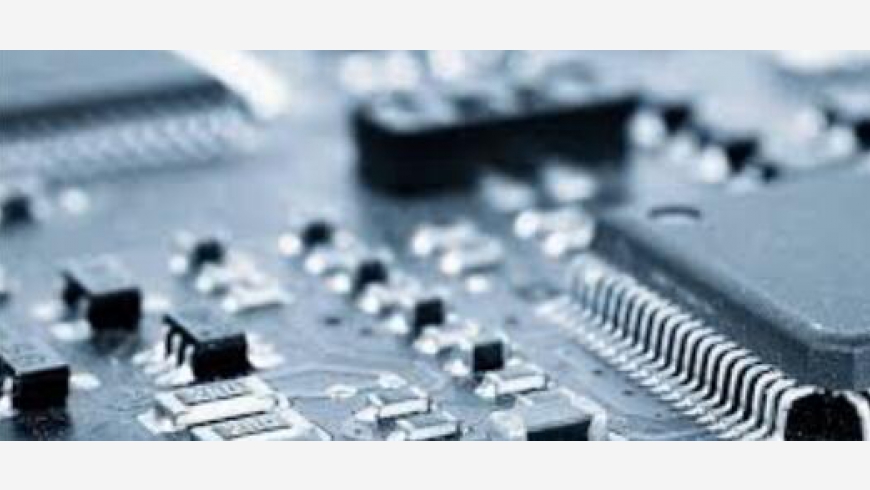A mix of extremely low-cost array components

This concept was improved to include thick-film networks of sixteen to 32 resistive components inside dual-in-line deals in plastic housings with gull-wing potential customers for easy surface area mounting. The dual-in-line package (DIP) made it doable for resistor makers to combine different kinds of passive elements, ordinarily chip resistors and ceramic chip capacitors.
While in the early nineteen nineties, new developments in passive ingredient configuration have been pioneered by companies while in the discrete semiconductor industries who productively employed semiconductor producing procedures to control distinct raw materials, these as tantalum nitride, chrome silicide, and nickel-chromium, to create layers of resistance. Additionally they utilized ion-implantation devices to engineer silicon-oxide- and silicon-nitride capacitors; thereby creating complex integrated passive units (IPDs). Additional silicon manipulation in slim film extra transistor functions and circuit security capabilities to IPDs. The brand new thin-film-on-silicon designs began to contend in opposition to common thick-film DIPs and SIPs for termination and filtering features, specifically in high-frequency applications.
When thin-film IPDs have been acquiring their market, chip-resistor companies created the multichip array based on thick-film technologies. The multichip array was a low-cost different to conventional thick-film SIP goods, and it reduced the placement expenditures on PCBs. The mixture of very low expense array components, coupled with the included client discounts in conversion charges, prompted the array market place to mature rapidly, primarily in marketplaces the place volumetric effectiveness was of extreme great importance.
Companies that had been producing arrays and networks (specifically those people with multilayer technological know-how) started to comprehend they may use their manufacturing know-how and technological know-how to make advanced parts and modules. The result was the intricate integration of capacitors, resistors, and inductors in reduced temperature co-fired ceramic (LTCC) substrates.

Komentarze